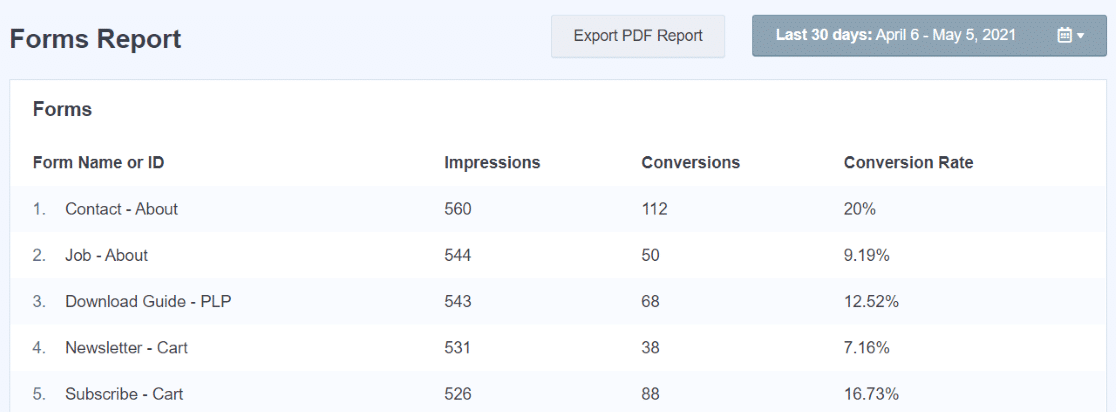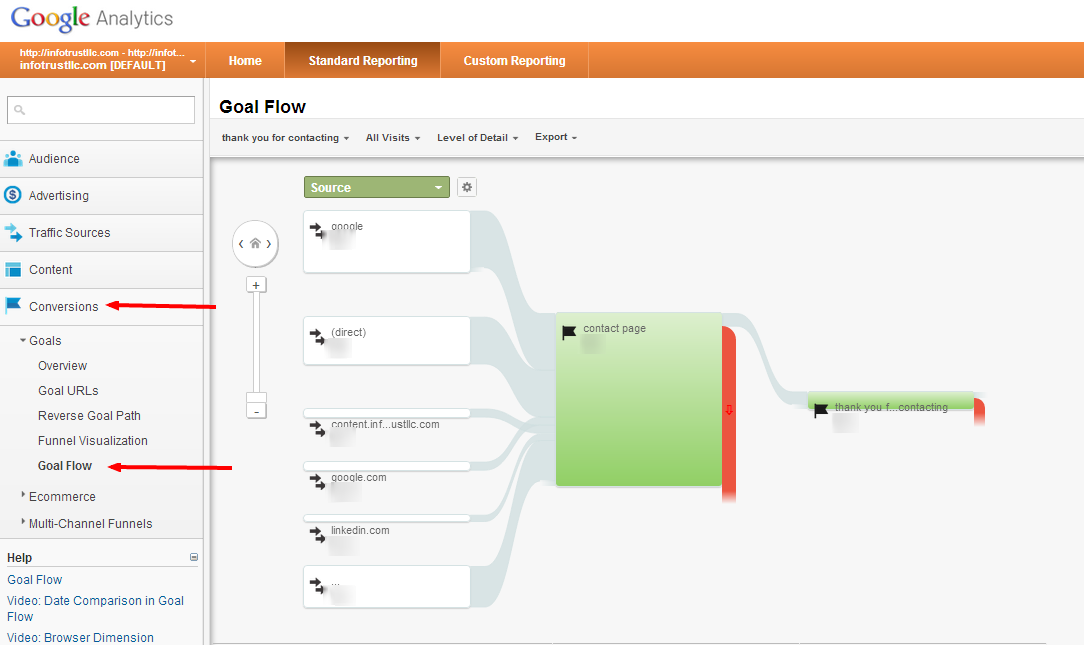Discover What Data Is Google Analytics Goals Unable to Track
Discover What Data Is Google Analytics Goals Unable to Track
Blog Article
Discover the Limitations of Google Analytics Goals: Unveiling the Data Types That Remain Untrackable
As businesses significantly count on data-driven decision-making, comprehending the restrictions of tools like Google Analytics comes to be vital. While Google Analytics Goals deal beneficial understandings into customer communications, there exist data types that avoid monitoring, posturing challenges to a thorough understanding of individual actions.
Incomplete Customer Journey Tracking
Insufficient user journey monitoring within Google Analytics can impede the capacity to precisely examine individual actions. When the customer trip is not completely tracked, there are voids in the data that stop a thorough understanding of exactly how users connect with a web site. This lack of insight can bring about missed out on chances for optimization and enhancements to the customer experience.
One common problem with incomplete individual trip tracking is the failure to see the complete course that individuals take before finishing an objective or leaving the site. Without this info, it is testing to recognize where users may be coming across challenges or friction points that stop them from converting. In addition, incomplete tracking can obscure the effect of particular marketing initiatives or web site modifications on individual actions.
To resolve this constraint, it is critical to set up appropriate tracking devices within Google Analytics to record the whole user trip. This may entail establishing occasion monitoring, objective funnels, or using tools like Google Tag Supervisor to make certain that no important interactions go unrecorded. By acquiring a thorough sight of the user journey, site proprietors can make more educated decisions to enhance individual involvement and drive conversions.
Acknowledgment Challenges
Browsing through attribution challenges in Google Analytics requires a comprehensive understanding of how various touchpoints add to the general conversion process. Acknowledgment obstacles develop from the intricacy of modern-day customer journeys, where individuals connect with several networks before converting. Google Analytics offers various acknowledgment models like very first touch, last touch, and linear, each supplying a different perspective on how credit history is designated to touchpoints along the conversion path. Nevertheless, these versions might not always precisely show the real influence of each touchpoint on the conversion.
One common attribution challenge is the problem in connecting conversions to the proper source, especially in situations where users connect with numerous networks prior to converting. In addition, cross-device monitoring presents one more acknowledgment challenge, as individuals usually switch over in between devices throughout their journey, making it testing to track their interactions flawlessly.
Offline Conversions
Provided the challenges connected with attributing conversions properly in online channels, the measurement of offline conversions offers a substantial chance for marketing experts looking for an extra comprehensive understanding of their clients' trip. Offline conversions describe activities that clients absorb the physical world, such as making acquisitions in brick-and-mortar shops or over the phone, going to occasions, or engaging with published materials - what data is google analytics goals unable to track. These conversions are important for organizations that operate both online and offline, as they give important insights into the efficiency of marketing campaigns across numerous touchpoints
Tracking offline conversions traditionally postured a significant difficulty for marketing experts, as it was challenging to link these actions back to specific on-line communications precisely. However, with advancements in modern technology, such as the integration of CRM systems, special identifiers, and voucher codes, companies can currently connect the void between online and offline information to get an extra alternative sight of consumer behavior. By properly determining offline conversions, marketers can optimize their methods, allot resources a lot more efficiently, and eventually improve the total customer experience.
Cross-Device Tracking
Cross-device tracking plays a critical role in understanding the interconnected nature of consumers' digital interactions throughout numerous tools. In today's omnichannel globe, where individuals seamlessly change between smartphones, desktops, and tablet computers, tracking their behavior throughout these tools is crucial for online marketers to acquire a detailed view of their client trip.

Additionally, privacy concerns and policies such as GDPR and CCPA have further complicated cross-device monitoring. With users requiring more control over their information and raised limitations on tracking modern technologies, marketing professionals should discover privacy-compliant and ingenious means to link individual interactions across tools.
Dynamic Material Engagement
Recognizing user engagement with dynamic material is crucial in maximizing electronic advertising and marketing techniques for enhanced audience communication. Dynamic content refers to web site components that alter based on user behavior, choices, or various other factors, supplying a tailored experience. Tracking individual communications with dynamic content presents challenges for conventional analytics tools like Google Analytics.
While Google Analytics can track basic communications like clicks and page sights, it may have a hard time to capture more nuanced involvements within dynamic material. what data is google analytics goals unable to track. Metrics such as time invested in certain dynamic components, hover activities, or communications within pop-ups are frequently not conveniently measurable making use of basic monitoring methods. This restriction impedes online marketers' ability to totally comprehend how customers are engaging with dynamic web content and tailor their methods appropriately

Final Thought
To conclude, Google Analytics objectives have constraints in tracking incomplete customer journeys, connecting conversions precisely, capturing offline conversions, tracking cross-device interactions, and determining dynamic material involvement. These restraints highlight the relevance of exploring additional monitoring techniques and devices to obtain a more comprehensive understanding of user habits and conversions past what Google Analytics can offer.
While Google Analytics Goals deal valuable understandings right into customer communications, there exist information sites kinds that thwart monitoring, posing challenges to a thorough understanding of user habits.Incomplete individual trip tracking within Google Analytics can impede the capacity to properly assess user actions. When the customer trip is not completely tracked, there are gaps in the data that protect against a comprehensive understanding of how individuals engage with a web site.One common concern with incomplete user trip monitoring is the lack of ability to see the complete course that customers take in the past finishing a goal or leaving the site. By gaining a comprehensive view of the user trip, site owners can make even more enlightened choices to enhance individual engagement and drive conversions.
Report this page